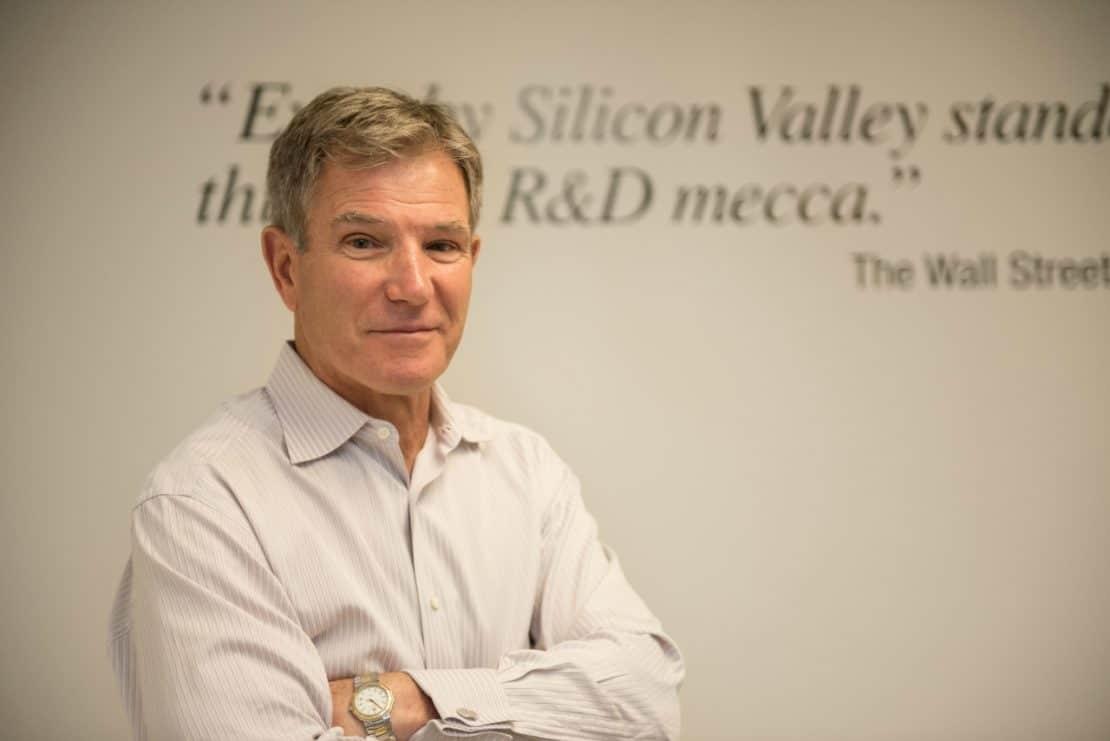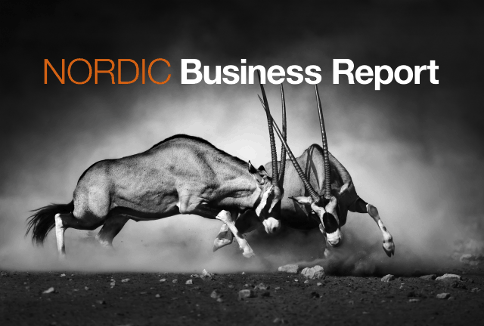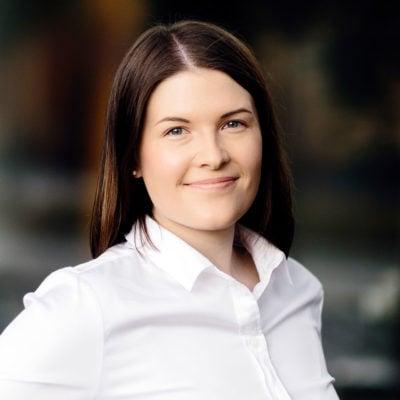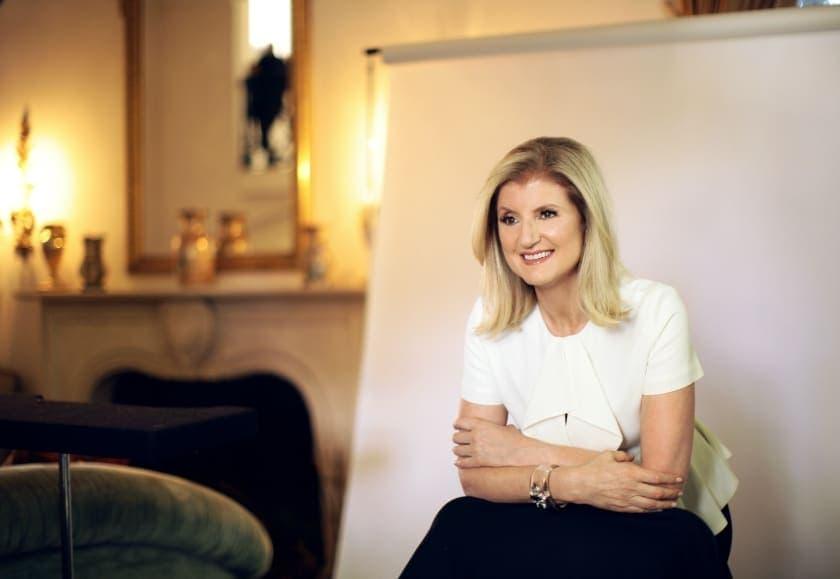11Sep2015
SRI International, a US-based scientific research giant, is on a mission to tackle some of the world’s toughest problems.
When you ask someone like Steve Ciesinski, a high-ranking executive at an influential research center, to name his favorite innovations you would expect to hear a litany from the first Macintosh computer to solar powered airplanes. But no, we are cast back almost six centuries.
“Gutenberg printing press has to be the one. The Internet has allowed access to almost everything, but in the old days almost the only means of communication and information gathering was verbal. And much of it was lost in translation.”
Today, thanks to a plethora of applications and gadgets such a dilemma doesn’t exist. Quite the contrary, we are flooded with information that’s often irrelevant. Unless you happen to be fascinated by the Kardashians.
But even groundbreaking information or innovations do not always get the recognition they need and deserve. In often fragmented academic and scientific circles, high expertise is sometimes not utilized to its full market potential.
Meet Steve Ciesinski, a man with a mission and the President of Global Partnerships at SRI International, the Silicon Valley-based research institute. Since the 1940s, the research center south of San Francisco has acted as a cupid between brilliant innovators and the business world. Frequently, those encounters have resulted in beautiful friendships, the fruits of which we all share – from the computer mouse to cancer treatments, from HD television to antimalarial drugs.
In short, Steve Ciesinski is like a Sherpa, a guide helping researchers reach new heights. SRI is there to transform incremental innovations into something truly extraordinary.
“Universities specialize in basic research and are focused on certain areas. They are not really set up to do commercial innovations. But they are not to be blamed for that. They don’t exist to do that. It is the task of the companies to get products on the market. So, there is a gap,” Ciesinski elaborates.
The academic and scientific world is not alone in searching for a mentor. Established companies and start-ups are also knocking at the SRI door.
“When someone comes to us with a project we are always trying to push the customer into new ways of thinking. Where do they want to go? Just to find out if what they’ve got is really a breakthrough or something incremental,” explains Ciesinski about the principles.
Founded in 1946 by Stanford University, and an independent R&D hub since the 1970s, SRI has considerable material and intellectual capacity at its disposal. With annual revenues of roughly $540 million it employs some 2,000 people in 21 locations around the world. Around 25 percent of its staff have doctorates from wide-ranging disciplines. The number of patents in its portfolio, some 4,000, speak for themselves. An obvious asset is also SRI’s close relationship with venture capitalists and business angels.
Maybe the number one driver here is curiosity.
The SRI value proposition is simple: in most cases breakthrough innovations require an interdisciplinary approach, multiple technologies, crossing and blurring of conservative barriers. And money. These characteristics apply to Silicon Valley as a whole.
“Maybe the number one driver here is curiosity. Secondly, people are highly educated and see it as a path to entrepreneurship. Plus people accept, embrace and learn from failure. In many other places you could be put in jail. Or you never get another job. Here, quite the contrary,” Ciesinski says.
Last but not least on the Ciesinski list is a fact that could make some inward-looking countries squirm.
“Walking here, you could be anywhere. You can sense the ethnic diversity. Take Japan. They have fantastic scientists, but little entrepreneurship and their innovation is not particularly suited for the global economy because it is a very insulated economy. In Silicon Valley, over half of the startups are run by people from outside the US – and we encourage and enjoy that,” says Ciesinski.
The question is more, how are we going to alter peoples’ habits, the way they live and work.
The perception of Silicon Valley is rife with images of young guns in sports cars and wearing trendy clothes. Perhaps rightly so. But, if we are to believe Steve Ciesinski, who arrived on these shores in the early 80s with an engineering degree and never looked back, quick cash is only part of the fascination.
According to the corporate scientist, one of the motivations pushing people ahead is good old-fashioned American idealism. Something that from a cynical European perspective is a bit difficult to muster.
“Sure, this place has become very affluent. But basically people are here to change the world, they want good for society. Not many startups say first – OK, let’s make some money. The question is more, how are we going to alter peoples’ habits, the way they live and work.”
It’s a culture that’s vital to the spirit of innovation and one that has proven difficult to reproduce elsewhere. However, other ingredients in the recipe for the prosperous entrepreneurial ecosystem are easier to come by.
Quite predictably, Ciesinski lists the availability of capital, accessible or sizeable markets and the help of mentors and advisers as key elements behind the success of Silicon Valley. Arguably, one factor that should ring a bell in the old world is the fluent co-operation between political leadership and bureaucratic machineries.
“Government regulations. Here they are clear. In some countries, it may take a year to get a license to start a company. Or to get a permit to import or export. For a startup, one year is simply too long.”
Cyber security will be a huge issue.
So what would a man like Steve Ciesinski consider to be the next big thing?
“Of the interesting areas one would be robotics. It is now ready for the mainstream. For example, people are living longer and they will need assistance in daily routines. So robots will play a bigger role in our lives. Secondly, the internet of everything, our connection to everything. This said, cyber security will be a huge issue.”
In Silicon Valley, it would be ever so easy to get the impression that the future will be saved by cyborgs and other technological wonders. Wrong. Ciesinski brings us back down to earth. Flesh and blood and the human spirit are here to stay.
“Take poverty. You can’t solve that unless you solve the education issue. In a good learning environment, kids will become ambitious in a good way and reach for a better life. The Internet definitely plays an important role in accessing knowledge. However, the most central role remains that of a teacher and teaching methods. I hope we don’t get to the point where all we do is google. Thoughts and information need to be put together,” declares Ciesinski.
Quite a heart-warming conclusion, coming from a man sitting atop the pinnacle of technological innovation.
[sam id=”4″ codes=”true”]


 by:
by: 